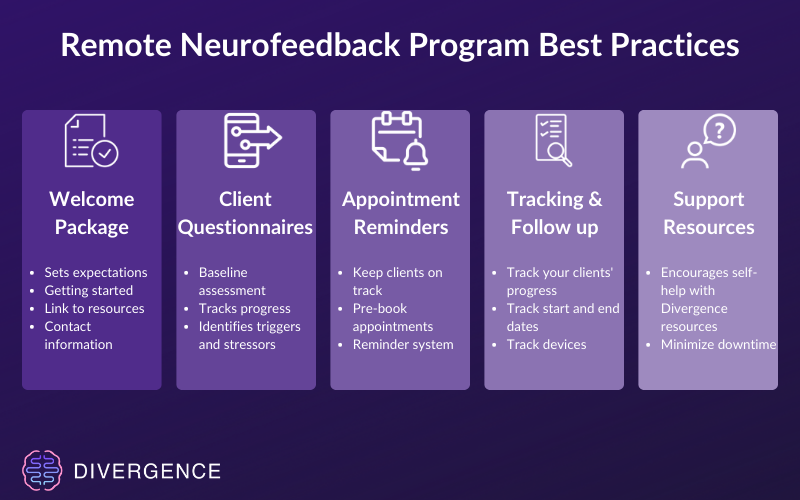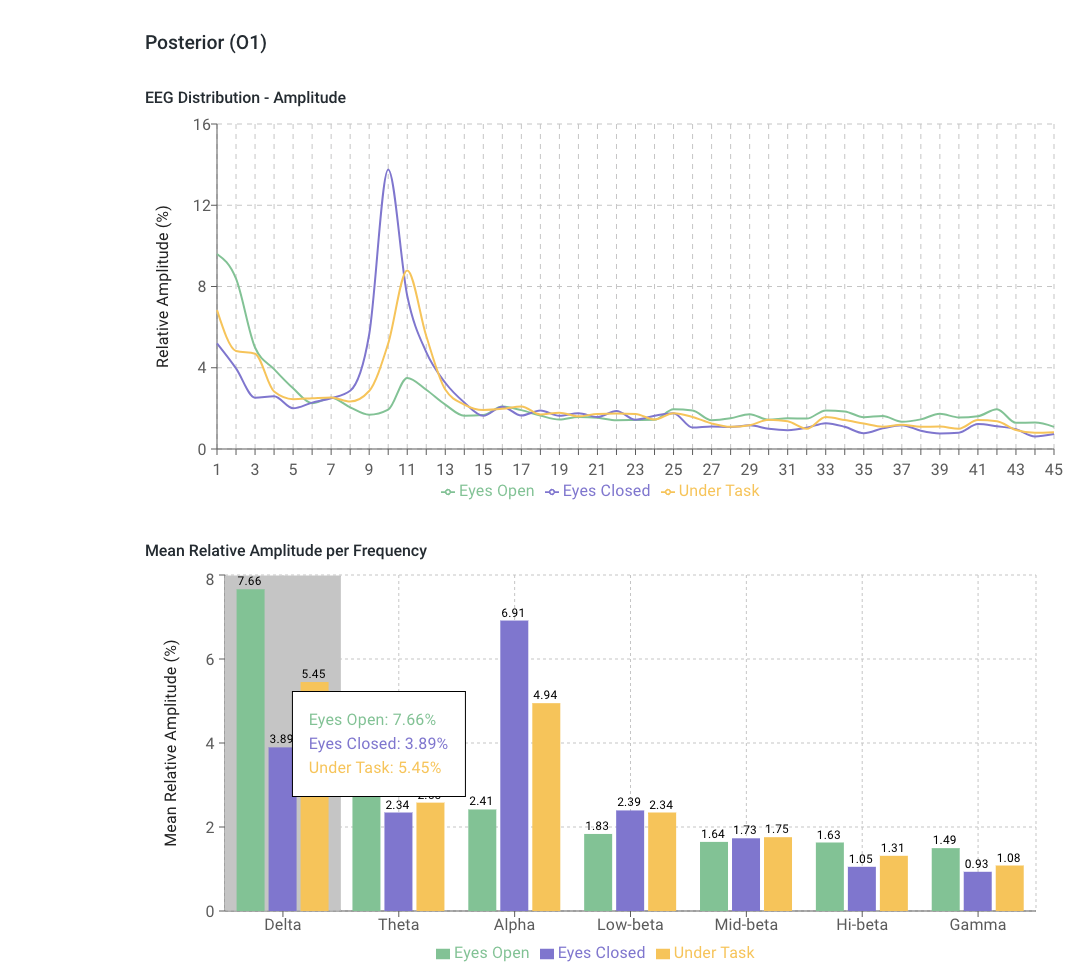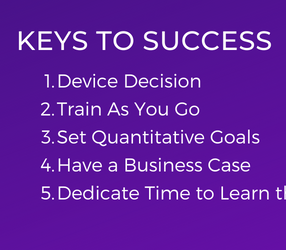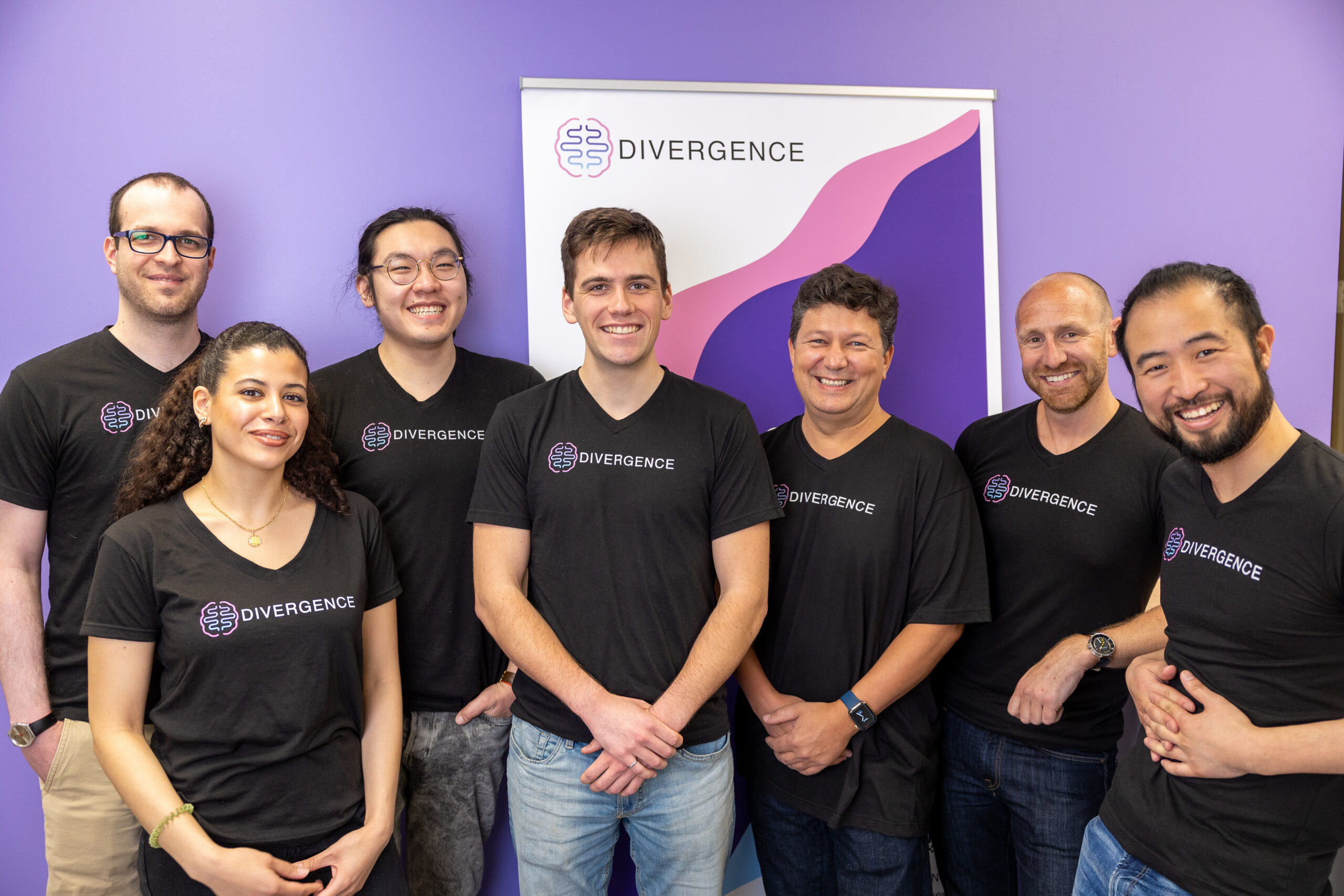Creating a Remote Neurofeedback Program
In part 2 of this blog series, we looked at the five keys to success in creating, marketing and administering a neurofeedback offering. This blog post will focus on how to create a program that is easy to manage and scale.
Offering remote neurofeedback has some unique challenges that you may not have faced in your practice before. It’s easy to create a good experience for you and your clients; new workflows and habits will keep the remote training program on track. Below are some best practices and materials that have helped a new remote neurofeedback program get off the ground quickly and effectively.

Welcome Package
Create a welcome package for your clients. This can be a saved email draft that you re-use with all new clients. The purpose of it is to:
- Set expectations (how long is the package, what’s included, who is responsible for the device, missed session policy, etc.)
- Share resources to get started (onboarding materials and how-tos)
Share support resources (where can patients get assistance when they need it) - Describe how the client books their live sessions with you (provide the dates for pre-booked live sessions)
- Any other information relevant to your practice
Client Questionnaires
Questionnaires are a powerful tool that allow you to measure how your clients are doing and identify what contributes to a “good day” vs. a “difficult day” when it comes to progress and results; they add qualitative information to quantitative session data.
Tracking Progress
There are two ways to track progress:
- Quantitative analysis using the information from neurofeedback protocols (EEG data, session effectiveness, etc.)
- Qualitative information from questionnaires completed by the client
Both are important tools which reveal the client’s progress and the triggers or stressors in their lives that may be affecting the results of their neurofeedback training.
Appointment Reminders
Does your dentist pre-book your teeth cleaning appointments six months in advance? Studies show that pre-booking appointments (with good appointment reminders) leads to better appointment attendance. Waiting for the client to book their follow-up, may result in chasing them for their follow-up appointment.
If you don’t have client management software such as Jane, Owl Practice, SimplePractice, etc. you can use online calendars (i.e. Google Calendar) to book appointments and set reminders as an alternative.
It is always best practice to set multiple reminders; experiment to see what works best, sending the first reminder between one week to three days and the second reminder 24 hours ahead of time is recommended.
Tracking & Follow-Up
To help your clients get the most from their remote neurofeedback program, you’ll need to stay on top of them to make sure that they’re completing their assigned sessions at home. If you’re sending devices as part of a rental program to your clients, it’s essential that you:
- Track where your devices are
- Set a date to receive the device back
If you use a client management software (i.e. Jane, Owl Practice, SimplePractice, etc.) check to see what kind of tracking and reminder system they have available. If you don’t use a specific software, you can make use of reminders in your calendar program and spreadsheets to keep yourself organized.
Support Resources
Familiarize yourself with the support resources and guides available to you. You will be the first line of support for your clients, so knowing how to answer frequently asked questions or address common challenges will save you time.
Your clients may be able to access information within the client-facing application; in the Dive mobile application, we’ve provided documentation for the most common questions. We also have an extensive customer community page where customers can access guides, walkthroughs, and get answers to frequently asked questions on demand.
Wrapping Up
The cost of setting up a remote NFB practice has recently decreased significantly and it’s much easier for clients to benefit from neurofeedback training more often in their own homes.
With some planning and organizing, you can be on your way to implementing a neurofeedback program that offers a flexible solution to your clients and allows you to help more clients than traditional in-office solutions.
Preparing the administration of your remote neurofeedback program ahead of time ensures a positive experience for your clients as they come on board. You will have the systems and efficiency in place to ensure your clients’ progress through their programs and reach their goals.
There is a lot to consider when adding remote neurofeedback to your practice which is why our team has created resources to help you develop and administer your program. We provide training with partners to go deeper into protocols as well as resources to help your clients achieve their goals at home.
Learn More
Learn about our Therapist subscription, Coach subscription, and the NeuroMeditation Institute Protocols available on our platform.
Still have questions? You can request a demo to see the platform in action and get your questions answered.




